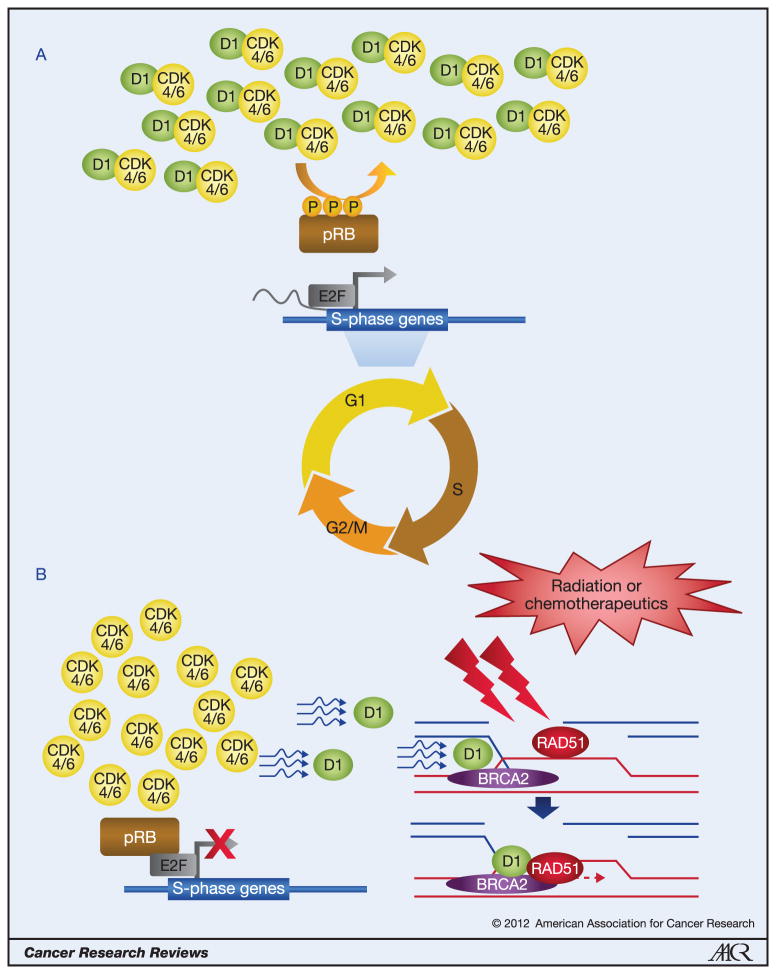Figure 1. A model summarizing cyclin D1 function in cell proliferation and in DNA repair.
A, During normal cell cycle progression, cyclin D1 (D1) forms complexes with CDK4 or CDK6 to regulate G1 phase progression by phosphorylating pRB, p107 and p130 proteins. pRB phosphorylation releases E2F transcription factors, and allows E2F-dependent transcription of S-phase genes.
B, After DNA damage caused by radiation or by chemotherapeutic agents, cyclin D1 protein levels are significantly reduced, and CDK4 kinase activity is diminished. Hypophosphorylated pRB inhibits E2F’s ability to transactivate genes, thereby contributing to cell cycle arrest. Part of the remaining pool of cyclin D1 protein is recruited to DNA damage sites, in a BRCA2-dependent manner, to facilitate RAD51 localization or to stabilize RAD51 at the DNA damage sites, thereby assisting the homologous recombination-mediated DNA repair. Note that it is unclear whether CDK4 or CDK6 are recruited to DNA damage sites along with cyclin D1.

